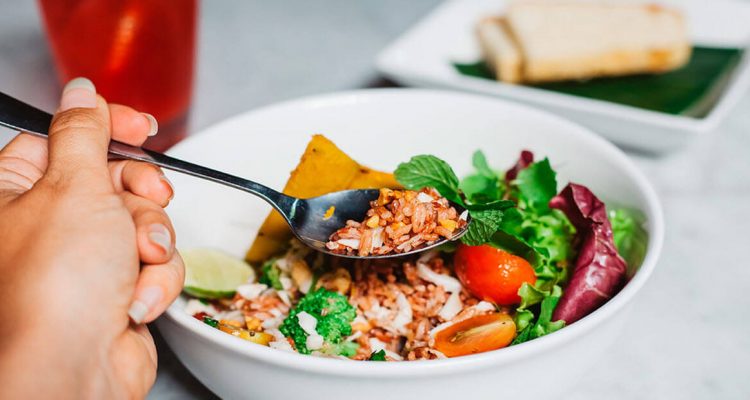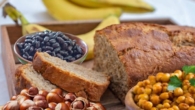
3 simple dietary changes to prevent blood sugar spikes
0
From savory breakfasts to veggie snacks, some nutrition tips can help keep your blood sugar levels in a healthy range.
Have you ever eaten a bar of chocolate to stave off a mid-day slump and noticed that instant burst of energy is quickly replaced by a wave of fatigue?
This is because when your body receives too much glucose too quickly after food, it experiences a spike in blood sugar.
The influx of sugar causes the mitochondria in your cells to feel stressed and shut down.
This leads to inflammation and affects their ability to produce energy adequately. Glucose spikes make us feel tired and hungry every few hours and can cause mood swings, hormonal imbalances, fogginess, and accelerate the aging process through a process known as glycation.
What's worse, persistent spikes in glucose levels can eventually lead to diseases like type 2 diabetes.
While certain foods can be triggers for this harmful process, smart dietary choices can keep blood sugar levels in check.
Luckily, an expert has recommended three simple dietary changes that can help you avoid spikes.
1. Swap your sweet breakfast for a savory one
Having fruit juices, smoothies, cereal, or acai bowls first thing in the morning can damage your mitochondria, spike your blood sugar, and actually give your body less energy, Arsenyeva explained.
So she recommended switching to options like eggs, smoked salmon, or hummus on rye toast, as well as Greek yogurt with nuts.
“Pay attention to how you feel, how strong your cravings were, and how much energy you had,” she added.
2. Add a vegetable snack to your diet
Vegetables are rich in fiber, and eating this carbohydrate first has a “powerful” effect on blood sugar levels.
“When fiber reaches the upper part of the intestine before other foods, it presses against the intestinal wall, creating a protective net. This net reduces the absorption of any glucose molecules during the rest of the meal and therefore reduces the glucose spike during the meal.”
3. Try prepping your meals
Prepping your meals in advance can help you regain control over what you eat and include more fiber-rich foods in your diet.
“Prepare bags of raw vegetables and store them in the refrigerator, or use steamed bags of frozen vegetables to quickly add to lunch or dinner.”
Avoid pureeing vegetables, as this affects the fiber content.









Leave a Reply